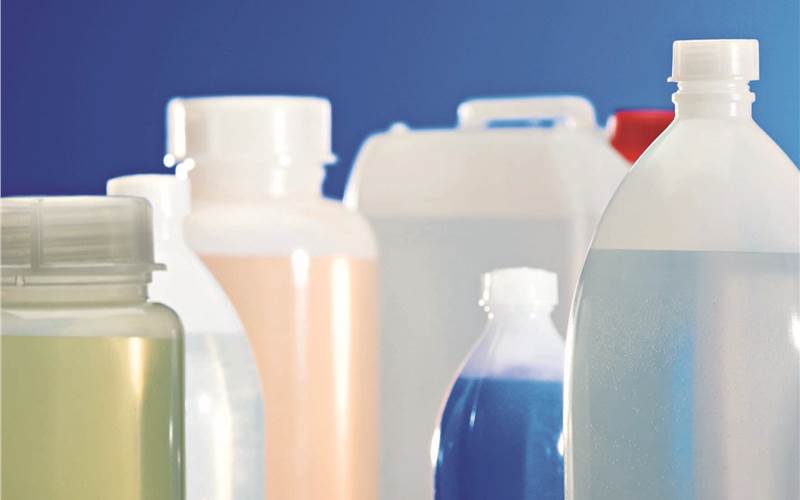Buyers' Guide on Pressroom consumables
There are various pressroom consumables available in the market, choosing the right product holds the key to quality production, says Sachin Shardul
25 May 2012 | By Sachin Shardul
The pressroom consumable market in India is approximately Rs 180-crore and it is growing at 10%-12%. Having right kind of pressroom consumables like washes, fountain solutions and cleaners on the shopfloor is equally important for the printers if they have to deliver quality printed jobs.
Hitesh Jobalia, managing director at Max Flex Imaging Systems, says, “These consumables play important role in both maintaining the press and the jobs. Hence it is important to choose the right product available in the market.”
Today the manufacturers of pressroom consumables talk of environment friendly products. The trend towards low-alcohol and alcohol-free printing only adds to the importance of getting the right product.
New launches
Max Flex Imaging Systems, one of the leading manufacturers of pressroom consumables, has recently constructed a chemical factory with dust-free environment, with total safety and operational efficiency. It has its own research and development laboratory for development of new chemicals and quality control.
Jobalia says, “We felt the need of special pressroom consumables which could help maintain and enhance the productivity in the long run.”
Inks
A high quality printing product is represented by highest print contrast, balanced gray shades, sharp and detailed image definition, and colour consistency from sheet to sheet. This requires stable conditions in the press - meaning a homogenous dampening distribution from head to tail of the plate and an excellent ink split behavior.
Profit margin in printing is a direct result of cost of production, material required, turnaround time (the faster the better) and the selling price of the finished printed product.
Inks plays a major role in getting the desired quality. Special application require special inks. Today, special inks like fugitive, erasable, fluorescent invisible or double fluorescent, visible or invisible phosphorescent, thermochromic, photochromic, watermarking, variable reflection, sympathetic and thermal inks are used depending on the print buyers requirement.
Mohan Pahilwan of Creed Engineers, says, “The special inks are readily available and the print firms are using them for special jobs. These special inks deliver special security features.”
Maintenance
Regular maintenance of the pan and dampening form roller is crucial with this type of printing, as the absence of alcohol leaves the printer with a narrower operating tolerance. Therefore, it is hugely advantageous to have predictable and controllable damp feed.
In case of washes, it is important that the washes should be surface friendly. Too harsh chemicals can have adverse effect on the surface of rollers and blanket. Printers generally complain of inks from the rollers not getting transferred properly. The reason is simple the roller surface has dried layer of ink. This can be avoided by the use of standard roller wash following the parameters given or provided by the manufacturer.
Besides surface hardening, the common problem observed is swelling which may occur due to use of aggressive washes manufactured from cheap raw materials. Sometimes, the operator uses the same wash or cleaner to clean different inks used on the press. Sometimes vegetable oil based chemicals attack the rubber surface of the roller resulting in shrinking of the surface which ultimately results in uneven transfer of ink.
To put it simply, product compatibility is essential to high quality, cost effective and environmentally aware printing.












 See All
See All